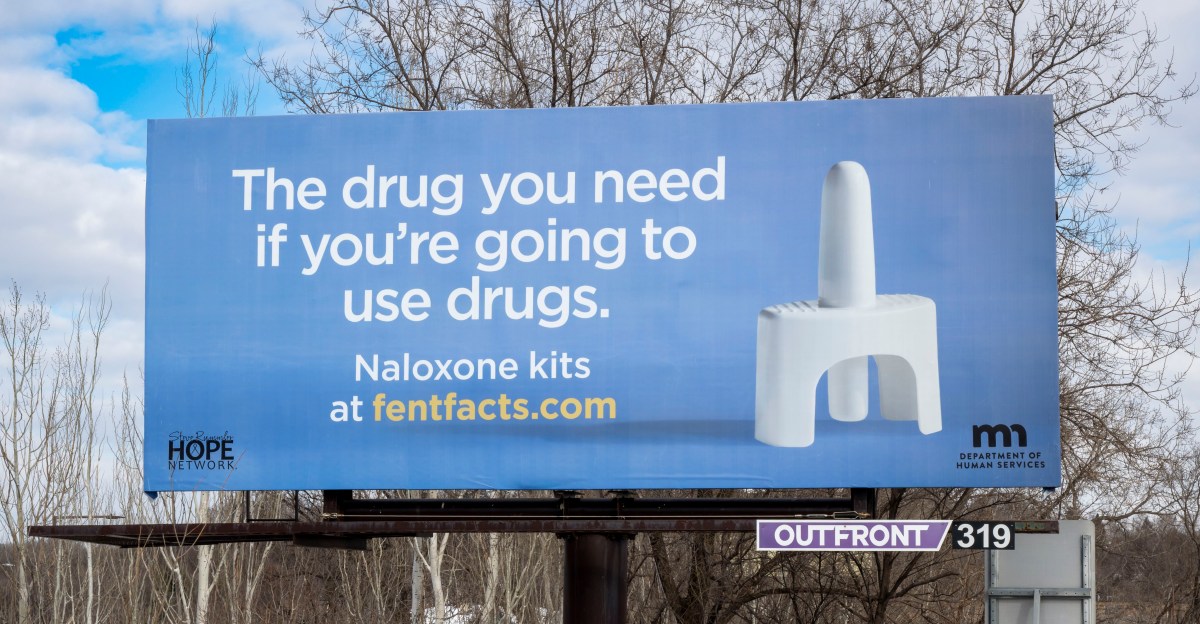Turning the Tide: How the U.S. is Combatting the Drug Overdose Crisis
In 2023, the United States recorded over 112,000 drug overdose deaths, marking the highest annual toll in history. Yet amid this staggering statistic, a wave of innovative strategies—from expanded harm reduction programs to groundbreaking legislative reforms—is beginning to reverse the trajectory of the epidemic. Federal and state initiatives are now prioritizing evidence-based treatment, safer drug use practices, and community-driven solutions to address the crisis fueled by fentanyl, methamphetamines, and polysubstance use.
The Rise of Harm Reduction Strategies
Once controversial, harm reduction programs have gained unprecedented federal support under the Biden administration. The CDC and SAMHSA now allocate $50 million annually to syringe service programs (SSPs), which provide sterile needles, overdose reversal medications, and connections to treatment. “These programs meet people where they are,” explains Dr. Nora Volkow, Director of the National Institute on Drug Abuse. “A single contact with an SSP can be the turning point that leads someone to recovery.”
Key developments include:
- Naloxone accessibility: All 50 states now allow pharmacy sales without a prescription
- Test strip distribution: Federal funding supports fentanyl test strips in 32 states
- Overdose prevention centers: Rhode Island and New York host the nation’s first sanctioned sites
Legislative Reforms Reshaping Treatment Access
The 2023 Mainstreaming Addiction Treatment (MAT) Act eliminated the DEA waiver requirement for buprenorphine prescriptions, expanding access to the gold-standard opioid treatment. Concurrently, the FDA fast-tracked approval of over-the-counter naloxone nasal spray, with retailers like CVS and Walgreens stocking the $45 kits nationwide.
State-level reforms show even bolder experimentation:
- California’s CARE Court system mandates treatment for severe cases
- Oregon’s Measure 110 redirects cannabis tax revenue to addiction services
- West Virginia’s mobile methadone clinics reach rural communities
Data-Driven Interventions Target High-Risk Populations
Real-time overdose tracking systems now guide resource allocation in 18 states. Pennsylvania’s Overdose Information Network, for example, uses EMS data to deploy “hotspot” response teams within 72 hours of spike detection. Meanwhile, the CDC’s SUDORS program (State Unintentional Drug Overdose Reporting System) reveals alarming trends:
- 70% of deaths involve illicitly manufactured fentanyl
- Deaths among Black Americans rose 44% from 2019-2021
- Xylazine (a veterinary sedative) appeared in 11% of 2022 overdoses
“The crisis evolves faster than traditional policy responses,” notes Baltimore Health Commissioner Dr. Letitia Dzirasa. “Our success hinges on adaptive, culturally competent approaches.”
Challenges and Controversies in Implementation
Despite progress, significant barriers remain. Only 12% of treatment facilities offer all three FDA-approved medications for opioid use disorder. Stigma persists, with 60% of rural counties lacking any SSPs. Some critics argue decriminalization efforts like Oregon’s have “gone too far”, citing increased public drug use.
Conversely, advocates highlight Portugal’s model—where decriminalization coupled with robust treatment reduced overdose deaths by 80%—as evidence for systemic reform. “Criminalization has never worked,” argues Kassandra Frederique of the Drug Policy Alliance. “Health-centered approaches save lives and money.”
The Road Ahead: Emerging Solutions and Future Outlook
Next-generation interventions show promise:
- AI overdose prediction: University of Chicago algorithms identify at-risk patients with 90% accuracy
- Vaccine development: Phase I trials target fentanyl and heroin antibodies
- Psychedelic-assisted therapy: Oregon’s legal psilocybin centers incorporate addiction treatment
With Congress debating the Modernizing Opioid Treatment Access Act—which would allow methadone dispensing at pharmacies—2024 could mark a watershed moment. As resources flow toward evidence-based solutions, the national overdose curve may finally bend downward. For those affected by substance use disorders, staying informed about local harm reduction resources can be lifesaving. Visit findtreatment.gov to locate support services in your community.
See more WebMD Network



